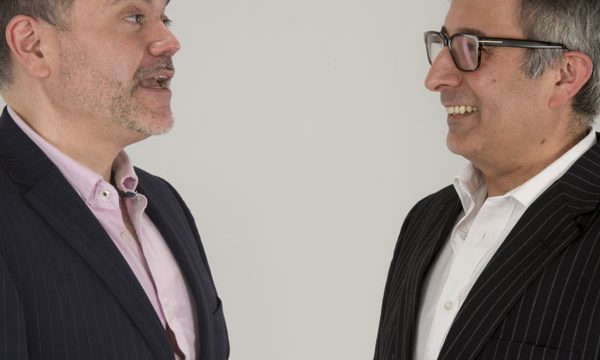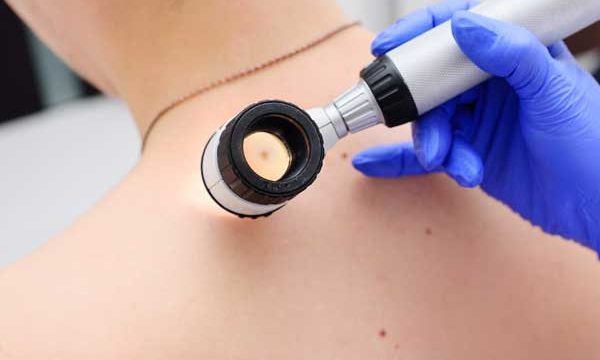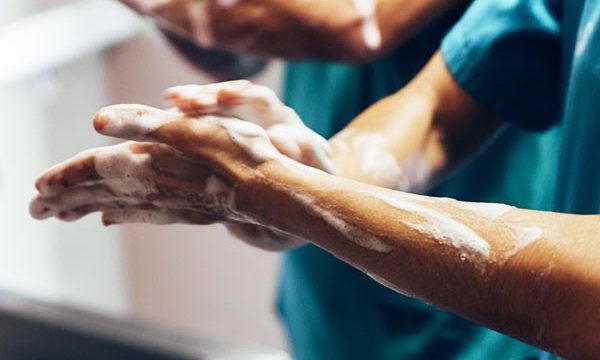It’s time to talk about sun protection
Springtime this 2022 has got off to an amazing start.
So far this March the weather has been kind to us and we have already experienced blue skies, sunshine and milder temperatures. And, as we go from March to April and beyond it’s set to get warmer with more daylight hours for us to enjoy. Perhaps the pleasant days have also prompted a desire to book a summer break in the sun.
So as we progress through spring and look forward to summer, now is the time to talk about sun protection. Like many other medical professionals and skin specialists, Reshape & Restore endorse the use of a daily SPF, regardless of weather conditions or the season. The sun emits UVA and UVB rays all year round, they are just stronger during summer and spring. Both of these types of UltraViolet radiation are harmful to the skin, although they are different in strength.
UVA rays penetrate to the middle layer of the skin (dermis). They can be responsible for premature ageing, tanning and the formation of cancerous cells. UVA rays trigger the production of Melanin – the skin’s natural pigment – which tries to help protect the skin by clinging to skin cells and forming a barrier to try and stop UVA rays from penetrating deeper. Most people like the appearance of a ‘tan’ feeling that they have a ‘healthy glow’. However, when the skin ‘tans’ or becomes darker it is a sign that UVA may be causing damage to the underlying cells. The dermis is where collagen and elastin can be found, which stops being produced as we get older. Collagen levels can naturally decline but UVA rays can speed up the rate at which collagen breaks down, leading to the signs of ageing developing earlier than one would like.
UVB rays penetrate the top layers of the skin and are stronger than UVA rays. It is easy to see when they cause damage to the complexion as the skin starts to tan or becomes ‘sunburnt’. The damage to the cells on the superficial layers (top layers) can cause blistering which can be sore, and may lead to minor scarring and / or discolouration. Skin damage from UVB rays can contribute to the development of skin cancers; specifically basal cell carcinoma, squamous cell carcinoma and melanoma.
Sun protection creams and lotions are the best way to protect the skin from UltraViolet rays. Reshape & Restore would recommend that these products should be applied on a daily basis, with repeat applications during times of prolonged exposure to the sun. An SPF (Sun Protection Factor) 30+ is often the most suitable, rising to SPF 50+ during the summer months or when it is hot and sunny. When choosing the right product make sure you look for one that protects against both types of UV rays.
A certain amount of UVA and UVB rays can benefit the skin as they can help the skin to make vitamin D3 which contributes to the health of muscles and bones. Sun protection products help to prevent a harmful volume of UVA and UVB rays from entering the skin, and causing damage to the internal and external cells.
Reshape & Restore see many patients who have developed irregularities on the skin, some of which can be attributed to sun exposure and damage from UV rays. A mole that has changed shape or colour may be an indication that UV rays have caused an abnormality. You will need to seek a medical opinion from a doctor or other skin specialist who may wish to investigate the reason for its change in appearance. Moles can change for any number of reasons and doesn’t necessarily mean that skin cancer has formed; although this is a common symptom and would need to be explored. Mr. Khan and Mr. Chapman can analyse any concerning irregularities on the skin and provide the right advice as to how it may be treated, if this is what’s needed.
So, as you enjoy the spring and look forward to spending more time outdoors, don’t forget to stock up on SPF and look after your skin.









